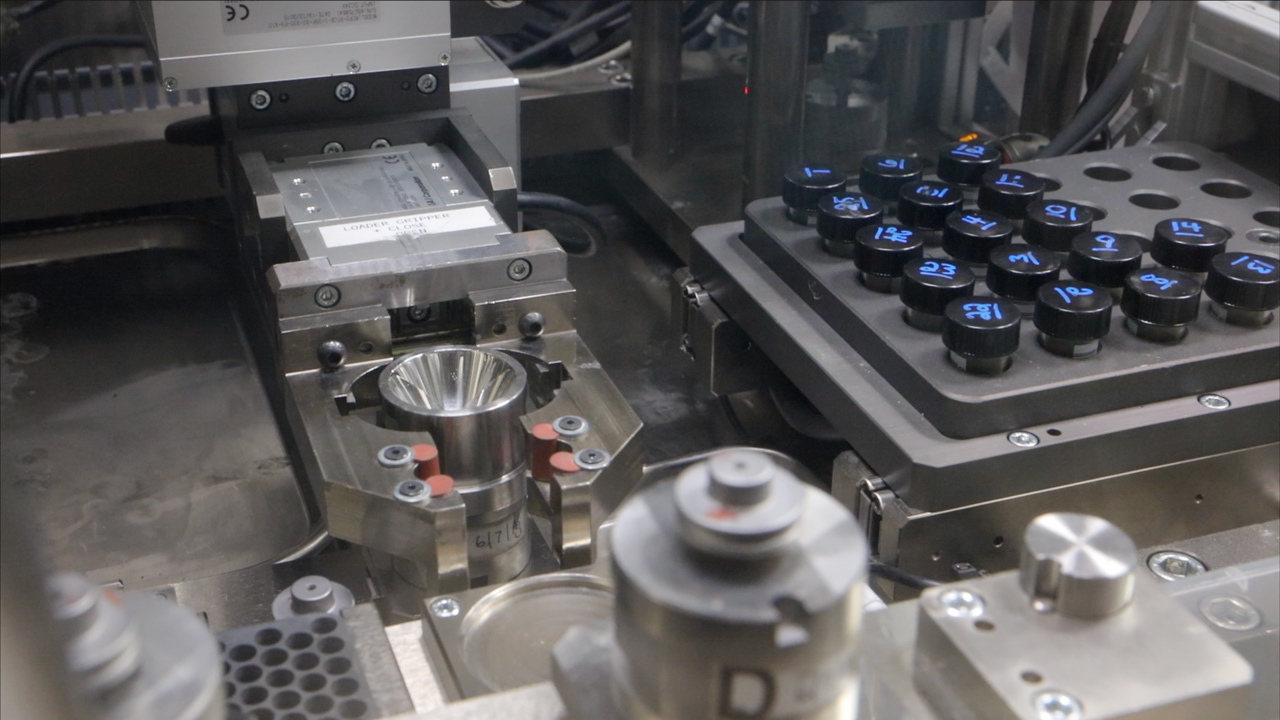News | January 31, 2019
Department of Energy Applies Automation to Improve Plutonium Fuel Production

Oak Ridge National Laboratory scientists have automated part of the process of producing plutonium-238, which is used by NASA to fuel deep space exploration. Credit: Genevieve Martin and Jenny Woodbery/Oak Ridge National Laboratory, U.S. Dept. of Energy
By automating the production of neptunium oxide-aluminum pellets, Oak Ridge National Laboratory scientists have eliminated a key bottleneck when producing plutonium-238 used by NASA to fuel deep space exploration. Pu-238 provides a constant heat source through radioactive decay, a process that has powered spacecraft such as Cassini and the Mars Rover. “Automating part of the Pu-238 production process is helping push annual production from 50 grams to 400 grams, moving closer to NASA’s goal of 1.5 kilograms per year by 2025,” said ORNL’s Bob Wham. “The automation replaces a function our team did by hand and is expected to increase the output of pressed pellets from 80 to 275 per week.” Once the pellets are pressed and enclosed in aluminum tubing, they are irradiated at ORNL’s High Flux Isotope Reactor and chemically processed into Pu-238 at the Radiochemical Engineering Development Center. In 2012, NASA reached an agreement with the Department of Energy to restart production of Pu-238, and ORNL was selected to lead the project.


